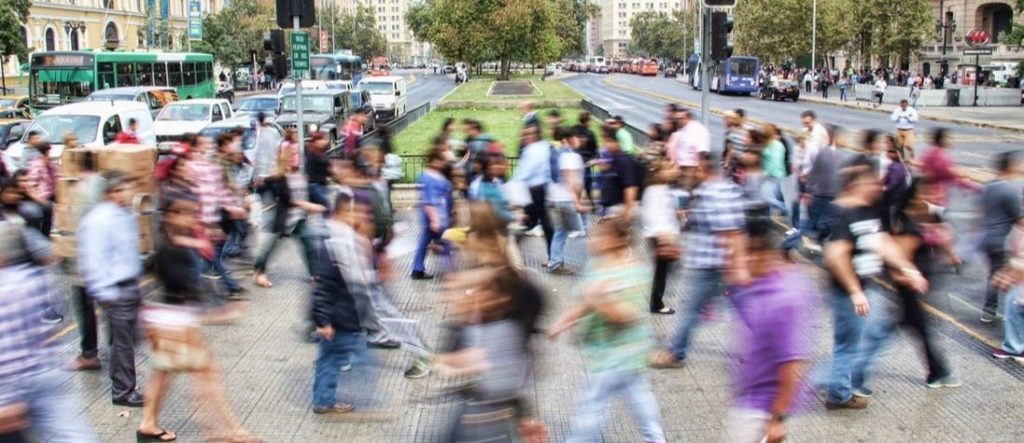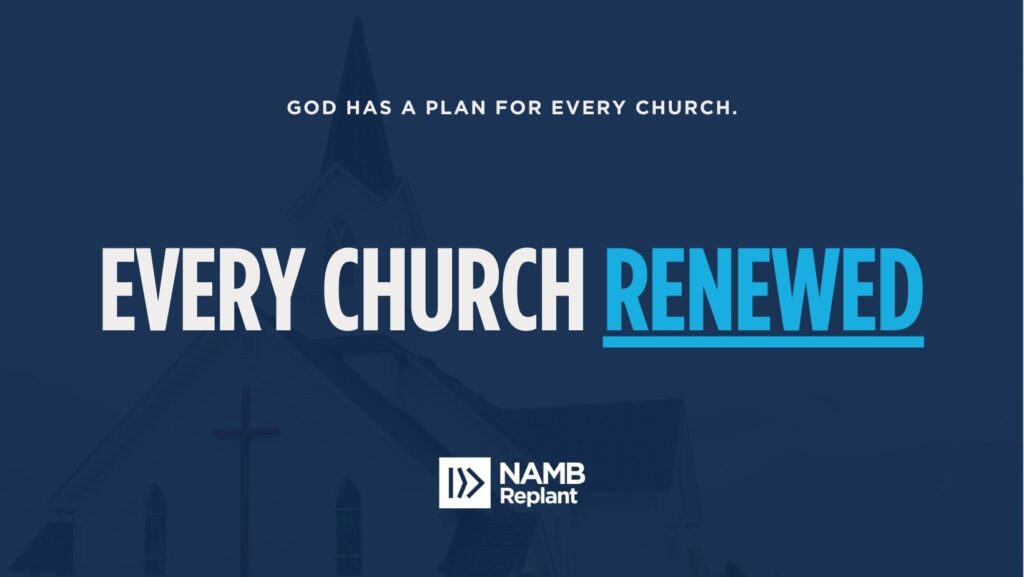One of the most difficult challenges that any local pastor may face is the task of leading the church to engage the surrounding communities. Although this is, essentially, a biblical mandate to a large degree, due to the fast-changing, postmodern culture coupled by the western individualistic philosophies, for the local churches to engage the local community (or city) is becoming increasingly more daunting today.
Allow me to suggest a few ideas or recommendations that I believe any local pastors, planters, or replanters can consider adapting in their given ministry or mission context.
One of the first (and best) ways for the local churches to engage the community is for the pastor, planter, or Replanter to 1) MODEL and exemplify it first. Some Pastors tend to be introverted and perhaps even very shy. However, one’s temperament or personality does not have to be a barrier here. Regardless of his social, economic, educational, or professional background, I believe he can make an effort to plug himself into some segments of local communities. There are many social, cultural, educational, and business sectors in any given community or city today. We can find hundreds, if not thousands of local associations and clubs. Pastor, research and choose the ones that interest you.
A Replanter can designate or allocate a number of hours that he can afford in any given week. It doesn’t need to be a lofty time commitment. You’d find it to be a pleasant surprise how many new people you can meet at one event. Even if one were to attend or visit just one function/event per week, pastors/replanters can easily meet (or make friends with) three to ten plus new people in his given community or city. When he can do that consistently every week, a number of new people or friends he can make per month increases substantially. Of course, not everyone we meet will be interested in Christianity (or any type of spirituality), let alone attend our local church. However, in my experience over the years, regular (personal) outreach/evangelism is key for seeing new people come into the church and is a way for the Pastor to model fulfilling the Great Commission mandate for his people.
I make a personal priority to visit at least one new local event or function a week. I have seldom regretted visiting the local key events or functions which I deemed vital or important. This has led to an increased awareness of the needs within the various social, community, economic constituencies.
The second way, which may be often overlooked, is to 2) MULTIPLY through the existing relationships, whether it’s personal or professional, within and among the congregation. Most churches already have believers/members who work in various different marketplaces and industries. They already have existing friendships and relationships that they can readily tap into. In our church, most of the current members have come because of or through friendships they already have with someone in the church. In fact, many are actually related in some way. According to one congregational survey we conducted, most people, at least 90% of the congregants, have come because of or through friendships they already had with someone in the church.
In our current context/church in San Francisco, most of the “new” visitors or members have come through the existing friendships or relationships. We have very few people who came to visit or to join not knowing anyone in the church already. When we multiply by and through our existing friendships or relationships, the probability of retention is also much higher.
Third, the local church can also 3) MOBILIZE (or evangelize) through seasonal occasions or events. Most people in America today observe at least three major holidays in the year, Halloween, Thanksgiving, and Christmas. They all happen to fall into Q4 of the year, and are key times when the church can reach out naturally to those in the community. When done nicely or properly, these outreach events can provide an easy channel or avenue for the churches to meet the surrounding neighbors in a very natural way.
Two years ago in 2015, we threw a “Hallelujah” night to celebrate and connect with the local neighbors. We prepared some goodies and give-aways for children, and hosted a “party” for about three to fours on the evening of Halloween. We had very little time, if any to advertise or promote the event and had no idea as to who would actually show up besides our own children, which at the time numbered around seven or eight. To our surprise, we had more than 50 people who dropped and visited the event at the church. Most of them lived near the church within 2-3 blocks.
Last, I believe pastors/replanters should aim to 4) MOLD (or equip) the church to embrace and engage the community on mission for the long haul. This is not easy nor automatic. It will take a very committed, focused leader able to work with the congregations patiently and prayerfully. Your congregation may be reluctant to engage in mission and not even ready by a large measure. It may take a few years just to get them to realize the importance of this, however, ultimately, this is what and where the local pastors/replanters must take their church if they want to fulfill the Great Commission in and through the local congregations no matter how old or young they may be.
The highest glory of the LORD will be manifested and realized in and through the local churches who embrace this high calling to be on mission and become a conduit of God’s grace to the world.
Published March 2, 2017


